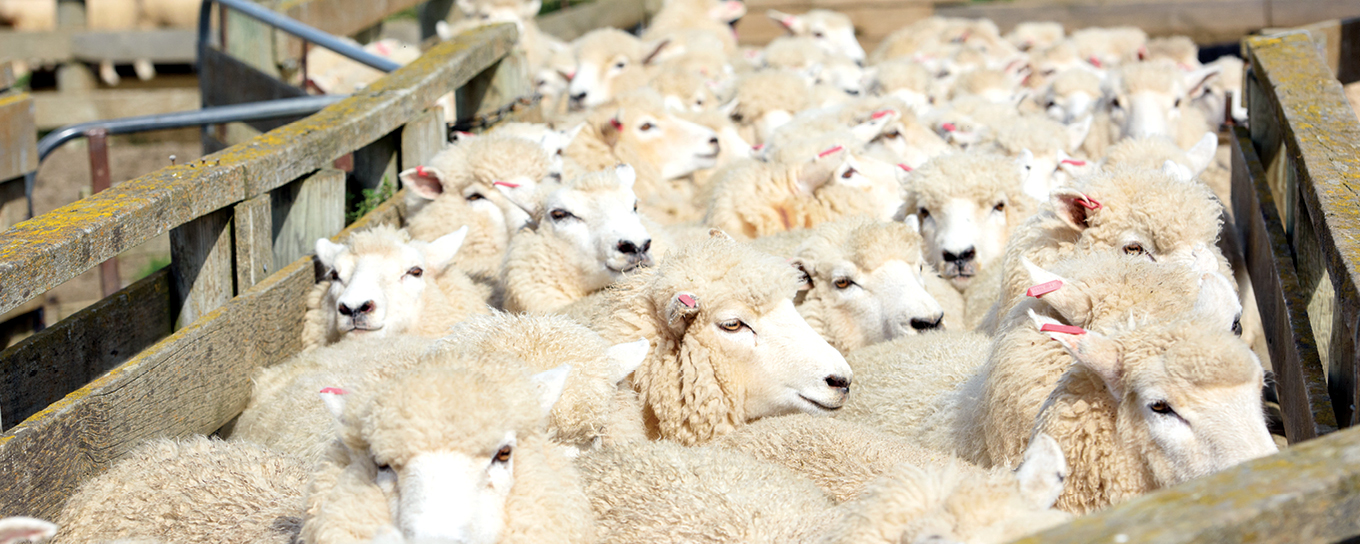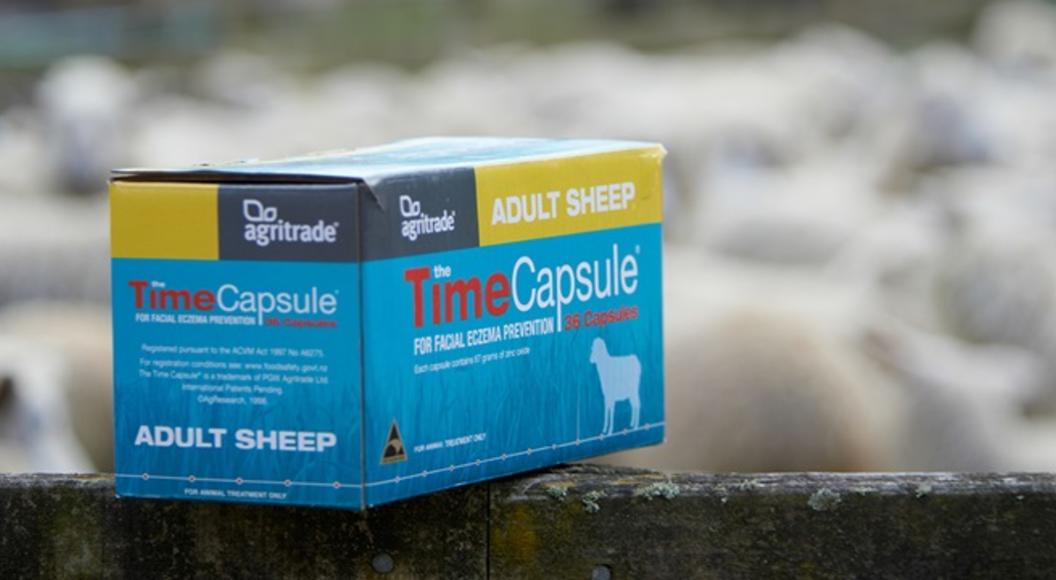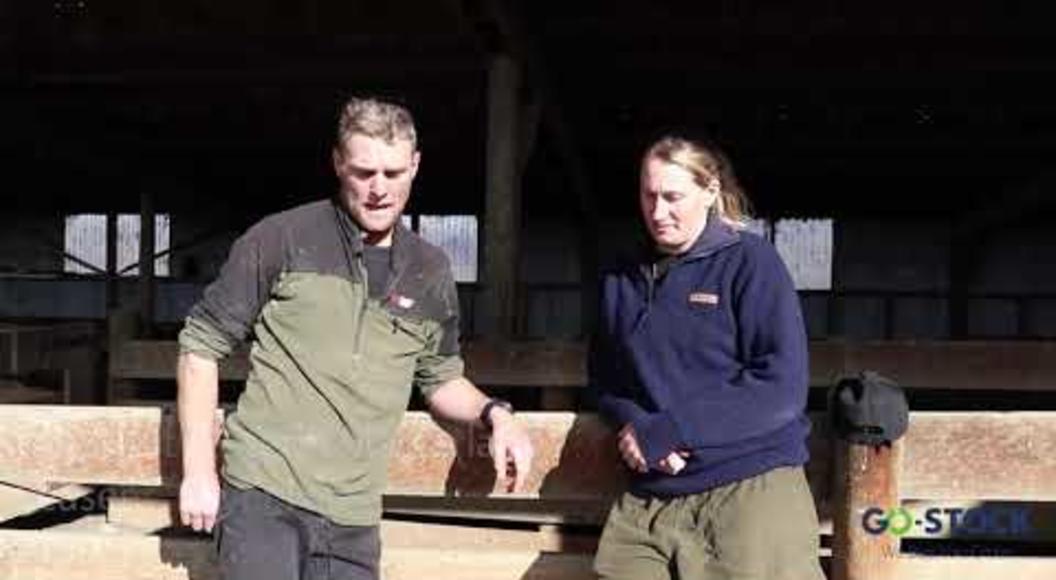
Managing tail end ewes
Monitoring and using ewe Body Condition Score (BCS) should be your most valuable tool to maximise the profitability of your sheep flock. A beneficial approach is to set a minimum BCS or a range that you want all of your ewes to fall within and score all ewes within the flock. Although this is a time consuming approach, it has benefits such as:
» Better feed utilisation: feed can be saved by keeping the main flock on maintenance feed whilst the light ewes can be better fed to lift their performance.
» Appropriate allocation of resources: treating ewes based on poor body condition with long acting treatments, such as Cydectin® Long Acting Injection For Sheep, have been shown to give significant production benefits (3.2 kg increase in ewe weight and 2.6 kg increase in lamb weight)1 and allows a light ewe to fall back into the desired BCS range by weaning.
It is recommended that ewes have their BCS checked at least three times during the production cycle2. Firstly at weaning, allowing poor BCS ewes to gain weight through preferential feeding before mating. Secondly, in mid-pregnancy at scanning or shearing to allow low BCS ewes to gain weight before the period of increased stress in late pregnancy and lactation. Lastly, just prior to lambing, with ewes of lower BCS put in paddocks with lower stocking rates and/or better feed covers.
Managing tail end ewes through the application of repeated body condition scoring and split flock management maintains the greatest number of ewes in the optimal range through the ewe production cycle. For more information on tail end ewe management, contact your local PGG Wrightson Technical Field Representative.
ARTICLE SUPPLIED BY ZOETIS
1Bingham, C. Hodge, A. & Mariadass, B. (2017) Comparison of two long acting pre-lambing anthelmintic treatments on the productivity of ewes in low body condition, New Zealand Veterinary Journal, 65:3, 152-155.
2 Kenyon, PR. Maloney, SK. & Blache, D. (2014) Review of sheep body condition score in relation to production characteristics, New Zealand Journal of Agricultural Research, 57:1, 38-64.


